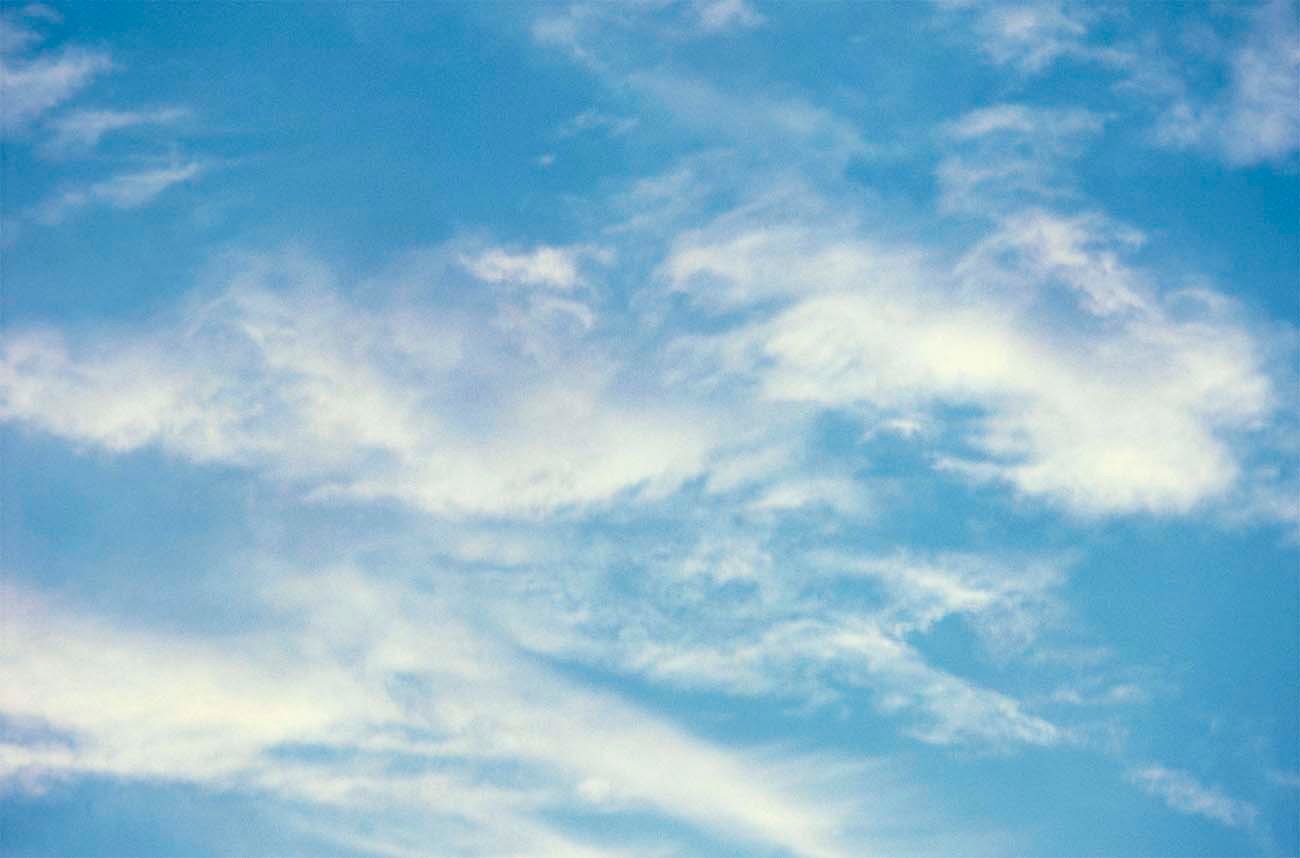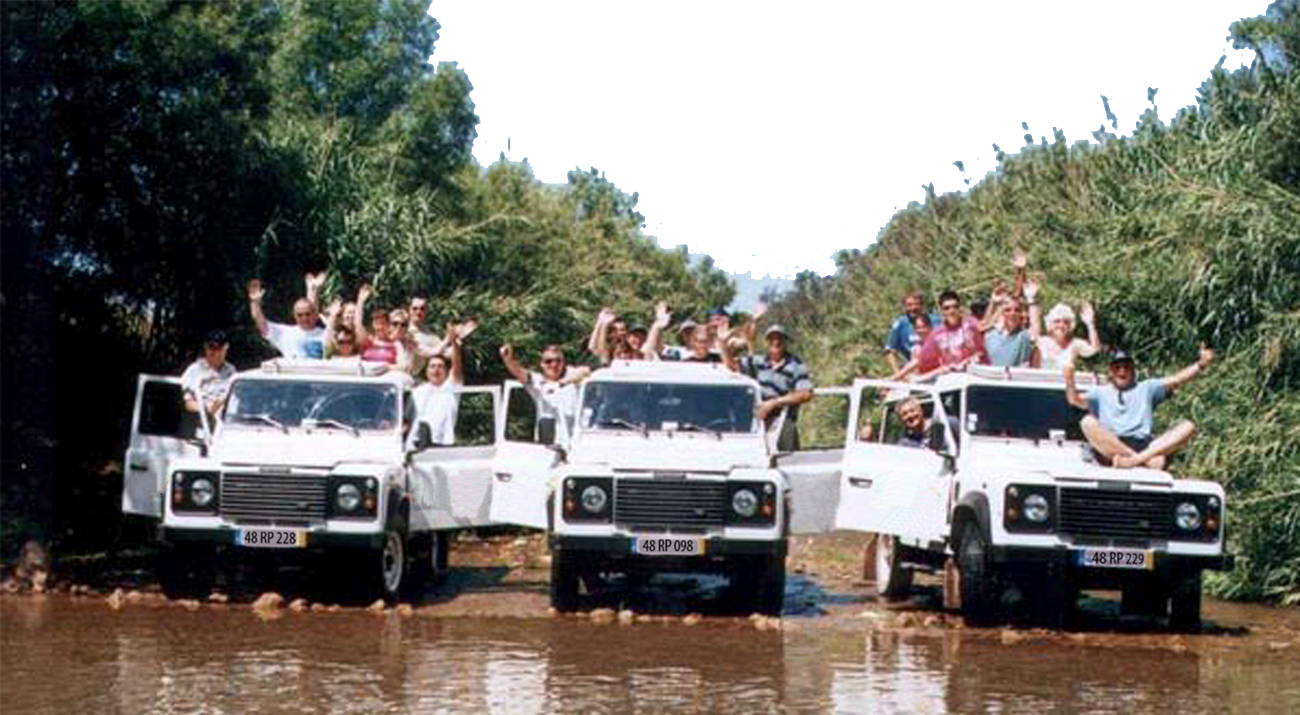
VIP Tours has an excursion that will take you on a grand tour of what the true world of the Cypriot is. It will necessarily be on a 4x4 Landrover, as the hilly roads into and across the Troodos mountains are narrow, winding and steep when you leave the main road. Depending entirely on your choice, we will select a route where you can see rustic villages in their natural splendour, take in the refreshing cool air of the hillsides tinged with the refreshing aroma of the pine trees which you will see in abundance.
In this tour of mini-Cyprus, we could start our day of rugged mountain scenery at 10 am, with our first stop at the Dam of Asprokremos, the second largest dam in Cyprus, at an altitude of about 100 m above sea level and 16 km (10 miles) east of the city of Paphos. Keep your cameras handy for our drive through Diakizos Vallery and a coffee break at one of the local traditional villages. We could then visit one of the islands best wineries at Pretori for a sample (or three) of their various delicious wines The Cypriot wine industry produces 37,500 tonnes and is best known for Commandaria wine, as well as wines made from local grapes such as Mavro and Xynisteri. Whenever an opportunity for a snapshot arises, we will stop for a photoshoot. It will serve as a reminder of the places VIP Tours took you to see in Cyprus. We could then drive to Gefalos Bridge, a 15th century bridge built by the Venetians.
Every time we stop for a photoshoot or a visit, do please switch places. Our next off-road experience will be at Stavros Tis Psokas, in Paphos forest where we will stop at Platania Forest Station forest station to see the famous Moufflon in their natural habitat. The elusive Moufflon, or agrino, is native only to Cyprus and if you are lucky, maybe a sighting too! Though considered a mountain goat, it is from the wild sheep family. The Cyprus mouflon population is about 3,000. They are now rare on the island, but are classified as feral animals by the IUCN. Mouflon have red-brown, short-haired coats with dark back-stripes and light-colored saddle patches. The males are majestically horned curving up to 85 cm in almost one full revolution; some females are horned, while others are polled.
We should have lunch at Pedoulas village (the cherry village of Cyprus), an enjoyable traditional Cyprus lunch, i.e., eat and drink as much as you can washed down with local ‘plonk’, the vernacular for wine. In an enthralling drive through Platres you will encounter lush greenery and waterfalls as well as springs and beautiful wildlife. Take in the wondrous scents nature has to offer. The waterfalls with its lush vegetation, cool spring waters and lovely scents will relax both your body and soul. If possible, we might take in the equally breathtaking Fini waterfalls too.
Continuing the excursion, we will stop in the small traditional village of Laneia, in the hills of the wine making region of Limasol. The village probably got its name from Lana, the daughter of Dionysos, the God of wine. Another possibility is that the name was derived from the acorn tree ‘ba lania’. The former version seems more likely as this village is well known for its wine and the penchant for imbibing it. The village is about 25 km north of Limasol on the road to the Troodos Mountains, at an altitude of 575 metres above sea level. Its altitude provides great views for tourists. On a downslope facing south, its white chalky soil offers ideal conditions for growing grapes for producing top quality wines.
Laneia village nestles in the Camanderia wine region of Cyprus. Laneia is indubitably the prettiest village on Troodos Road. Typically narrow lanes, with roads a donkey width, Laneia is made up of ancient stone houses and cottages. We will approach the village from the South, park at the lower end, and walk through flowered lanes past the museum, winery and olive presses. Most tours around Cyprus have a scheduled stopover here.
Archeological artifacts dated circa 1050 –750 BC show this village to be at least 3,000 years old. Moreover, there are clear indications Laneia was an important settlement for the miners during the peak of copper production in Cyprus around 1600 BC.
This village has a rich religious background and forms a part of religious tours as well. An important legacy of Laneia is its church, built during the 17th century in honour of Panagia Chrysospiliotissa. The 12th century Byzantine icon of the Virgin Mary of Valana in the Church is believed to have miraculous powers. A pair of wooden carved boards depicting the scene of Adam and Eve with the serpent offering the forbidden fruit is also kept there, reportedly dating back to the 12th century.
Apart from wine making, the locals also produce olive oil. Laneia has an olive press next to the church with large traditional circular stones. In recent times oil making has become mechanized, and the press is utilised to make soutziouko. Soutziouko is a sweet made of almonds and grape juice, sometimes incorrectly defined as a grape syrup with or without almonds.
We will then continue through the woods and villages of Troodos. Tavernas invite you in at almost every turn in the road. While driving through Troodos’ picturesque mountains, we will stop almost two thirds the way up, at the elegantly crafted inspection platform, just off the main road, for about ten minutes as this is probably the best located place to capture the Cypriot natural world in your camera. The platform itself is worth a close look. The top of Mount Olympus also provides stunning views of the north and south coastline. You really get a good insight into the true Cyprus and the views are awesome - plus the smell of the mountains is delightful.
The Troodos range is the predominant geological and morphological feature on the island. It is covered mostly with natural forests of unique beauty and hosts invaluable plant and animal habitats. Graphic villages that maintain local culture, tradition and customs, are scattered all over the Range. To the west, it extends to the Paphos district and to the east it stretches over large parts of Lefkosia, Limassol and Larnaka districts. The Troodos forest occupies the heart of the Range and includes its highest peaks (up to 1 952 m). The largest part of the forest, about 9 000 ha or 90 sq km, was designated a National Forest Park in 1992. The main aim was to safeguard its rational use and to perpetuate the values and functions of the area: ecological, scientific, recreational, hydrological and economic. The greater part of the Park has been included in the European network of protected areas, “Natura 2000”.
Of the most interesting sight to visit, are the very old monasteries, most of which are found along the perimeter of the Park. Many of them have been restored and are protected, like the Agios Nikolaos at Kakopetria, Ayios loannis Lampadistis at Kalopanagiotis village, Timios Stavros at Peledri, Trooditissa near Platres and Trikoukkia at Prodromos. We could include a visit to the park if you so desire. It is an enthralling moment. The Park provides unique opportunities to photographers, both amateur and professional, to bird-watchers and to those who like studying plants and geology.
Furthermore, visitors can have a pleasant time visiting Kaledonia falls, the closed Asbestos mine where restoration works are in progress, and the centuries-old trees of black pine and foetid juniper on the higher elevations of the park.
Do’s and Don’t’s: Lighting of a fire at any point, within or near the forest, is prohibited by law, even along roads, bare ground or forest clearings. Lighting a fire is only permitted for cooking purposes in the designated barbecue pits of picnic sites. Do not litter the forest. Do not smoke or eat during your walk along nature trails.
VIP Tours advises people with medical conditions, which restrict walking, to skip this tour as should pregnant ladies. We will carry adequate drinking water. For visits to Monasteries, entrance will not be allowed for men and women wearing shorts, or sleeveless tops. We recommend you wear comfortable shoes.
We could visit the camel park on our way back. The park at Mazotos is conveniently located only 15 minutes from Larnaca Airport and centrally between Larnaca, Limassol & Nicosia. Established in 1998, it is run by a family whose love for the countryside and animals made it possible for them to create a unique park. In the past, camels were used for transportation on the island but today they can only be found at the Camel Park. Visitors will find plenty of places to take photographs and a souvenir shop that offers mementos of their trip. The minimum age for camel riding is 6 years.
Private car with driver for 3 hours
120 euro
Additional hour
25 euro
Cost based on 2-4 Person
Private minibus with driver for 3 hours
220 euro
Additional hour
35 euro
Cost based on 5-8 Person





